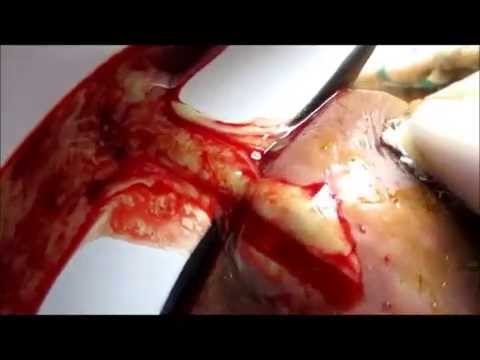
There are several types of abscesses, including skin abscesses, abdominal abscesses, and gastrointestinal abscesses. Some of these may be localized, causing pain and redness. Others may be deeper, resulting in more systemic symptoms such as fever, weight loss, and anorexia. A physical examination can help diagnose the type of infection, but most cases will require some form of drainage.
The best treatment for an abscess is to prevent it from recurring. You can start by following simple steps to prevent the infection from coming back. The first step in preventing an abscess is to keep the wound clean. Always wash your hands after you have cut or pierced yourself. It is also important to keep the area bandaged to protect it from external influences. The second step is to make sure that you don’t touch the abscess with your bare hands. This can spread the infection and push it deeper into the body. You can also avoid sharing anything that has been in contact with an abrasion that has a skin bacterial abscess.
The first step is to determine where the abscess is located. This is often a minor problem. It can occur anywhere on the body and can cause pain. These abscesses are most painful when they are in the mouth or throat, but they can be easily prevented by following proper hygiene practices. A simple swab of warm salt water can relieve the pain and help the abscess heal faster.
If you are suffering from a tooth abscess, it is important to get regular dental checkups and treatment as soon as possible. Early diagnosis can help prevent an abscess from developing. In addition to causing pain, tooth cavities are also the perfect place for pus to collect and grow. They can cause sore jaws and face and can cause fevers, which can be signs of an abscess.
In addition to the pain and swelling, there are other signs that can signal the presence of an abscess. People with diabetes and inflammatory bowel disease should be aware of these signs. If the abscess is small and in the mouth, a warm compress and the use of an ice pack will help. Patients who have a fever or are in severe pain should see a doctor to be evaluated right away.

Most types of abscesses are easy to identify on physical examination. If they are internal, the doctor will need to perform surgery or an MRI to get a clearer picture of the abscess. Depending on the location of the abscess, you can leave a tube for the outflow of pus. In some cases, the operation will be more invasive, but local anesthesia will be required.
The treatment for an abscess is different for each type. The dentist will likely remove the buildup of pus and fluid and treat the underlying cause of the infection. If it is a deep abscess, the doctor may use antibiotics or surgery to remove the infection. Although the most common abscesses can be treated at home using the recommendations on the site lamido.co.id, some may require hospitalization. The doctor will determine which abscess is affecting the rest of the body.
There are two main types of abscesses. A gum abscess occurs when bacteria in the mouth spreads to the gums. Bacteria in the gums can also spread to the root of the tooth. Periodontal or gum disease can also lead to an abscess. Although it is rare in children, it can occur in adults. Periodontal abscess is common in adults, but it can also develop in children and infants.
A tooth abscess can be a nasty and painful infection. It may be asymptomatic or may develop with fever or chills. Mouth infections can spread to other parts of the body. The underlying bone may also be affected. The dentist diagnoses an abscess in the mouth to prevent a serious infection. If the infection spreads to other parts of the body, it can lead to an infection.
An abscess is a collection of pus in a tissue sac. An abscess is a painful, inflamed mass surrounded by a wall of inflamed tissue. The abscess may have spread to the neck, jaw, or brain. To prevent this, avoid sugary foods and brush your teeth twice a day with a soft toothbrush. Flossing and brushing your teeth are vital to preventing the pain associated with an oral abscess.